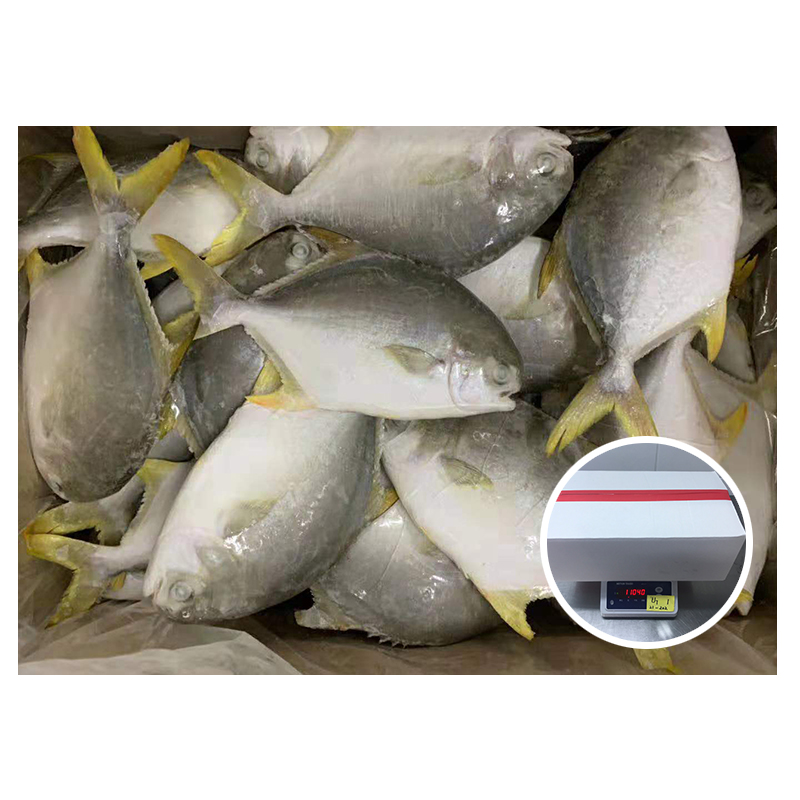Habits of trachinotus ovatus
- Categories:News
- Author:
- Origin:
- Time of issue:2022-12-22 13:04
- Views:
(Summary description)trachinotus ovatus is a warm-water pelagic migratory fish. In the juvenile stage, it often inhabits estuaries and bays after the Spring Festival every year. It has strong gregariousness and moves to deep water in the open sea when it is an adult.
Habits of trachinotus ovatus
(Summary description)trachinotus ovatus is a warm-water pelagic migratory fish. In the juvenile stage, it often inhabits estuaries and bays after the Spring Festival every year. It has strong gregariousness and moves to deep water in the open sea when it is an adult.
- Categories:News
- Author:
- Origin:
- Time of issue:2022-12-22 13:04
- Views:
trachinotus ovatus is a warm-water pelagic migratory fish. In the juvenile stage, it often inhabits estuaries and bays after the Spring Festival every year. It has strong gregariousness and moves to deep water in the open sea when it is an adult. Its optimum temperature range is 16-36℃, and the optimum water temperature for growth is 22-28℃. grows slowly in seawater.

The fish has poor low temperature resistance and swims fast day and night. Its overwintering period is from late December to early March of the following year. Usually, when the water temperature drops below 16°C, trachinotus ovatus stops feeding, and the minimum critical temperature for survival is 14°C, and the cumulative temperature below 14°C for 2 days will lead to death. The lowest critical dissolved oxygen level of trachinotus ovatus was 2.5 mg/L, mainly due to active swimming behavior. It has strong disease resistance and is found in other fish species in polyculture. For example, grouper has died in large numbers due to trichotillomantis, white spot disease, and skin ulcers, and black bream and yellowfin bream have died due to gill disease, while trachinotus ovatus is still Normal liveliness is not affected. The fish is easy to carry. When the fish is caught by the net in the breeding pond and moved into the cement pond or cage, the scales of the fish are not easy to fall off, not easy to be injured, and has strong endurance. Under the conditions of artificial cultivation, immature and juvenile fish will not cannibalize each other.
trachinotus ovatus is a carnivorous fish, its larvae and juveniles feed on various plankton and benthic animals, mainly copepod larvae; juveniles and juveniles feed on daphnia, polychaetes, small bivalves and amphipods ; Juvenile and adult fish feed on amphipods, bivalves, molluscs, crab larvae, shrimps, and small fish. Under the conditions of artificial breeding, individuals with a body length of 2 cm can eat minced fish and shrimp meat, and young and adult fish can be fed with fish, shrimp slices and artificially formulated granular bait. trachinotus ovatus is a diurnal feeding fish, so artificial feeding should be done in the morning or before dusk, or it can be fed by automatic sprayer. Under normal water quality conditions, the feeding intensity of trachinotus ovatus varies with water temperature. Usually, when the water temperature is below 16°C, trachinotus ovatus will not eat at all. When the water temperature reaches 16-18°C, it will start to eat a small amount; when the water temperature is above 22°C, it will actively eat.
Scan the QR code to read on your phone
Related Reading

Call Us Anytime
0086-595-88798882

Find Us
5th F,Unit 1th,Bldg 19th,Xintiandi Square,Baogai Technology Park,Shishi City, Fujian Province, China.

Email Us

We sincerely welcome overseas companies and customers to establish business relationships with us, and we will provide not only good quality products but also the best price for you.
USEFULL LINK
LEAVE A MESSAGE
Contact Us






